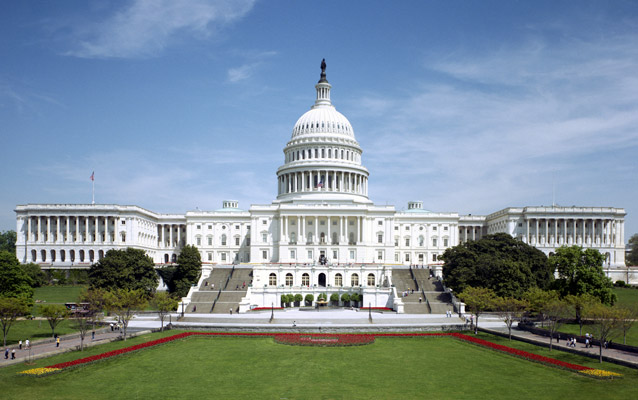The average age for a lawmaker in Congress is 61.6 years old, with the oldest being 90-year-old Senator Chuck Grassley who has served since 1980. Supreme Court Justice Clarence Thomas is 75 years old, serving since 1991 and will continue until he steps down or passes away. Cambridge’s new Mayor, E. Denise Simmons, has entered her 32nd year holding Cambridge Municipal Office and her 23rd year on City Council. Since its establishment, the average age and years served of lawmakers in the U.S. government continues to rise. As the Executive branch is the only one with a term limit, this concerning trend is permitted under the US Constitution. However, with recent evolutions to the political sphere, term limits are necessary for the efficacy of an outdated government.
As both sides of the political spectrum drift farther apart, the Supreme Court Justices have followed suit, with the majority of justices’ rulings falling along their respective party lines. Exemplified in the cases overturning Roe v. Wade and striking down affirmative action, this polarized phenomenon marks a divergence from the Court’s apolitical founding. The original purpose of Supreme Court appointments was to ensure “independent spirit” and impartial rule separate from political parties. Lifetime appointments, Alexander Hamilton argues, ensure nonpartisanship, as justices wouldn’t have to worry about garnering popular support. Yet, the with newfound extremist party ideologies filling decisions, lifetime appointments transform justices into permanent political tools.
In 2010, the case of Citizens United v. the Federal Electoral Commission ruled that money towards aiding political campaigns should remain unrestricted. This case created a new norm among campaign finances: whoever had more money, had a greater power to swing the electorate. This means that corporations can almost guarantee congressmen a following term in exchange for favorable legislation, a phenomenon increasingly common in today’s Congress. However, term limits directly diminish the promise of re-election, and consequently the corporations’ bargaining chip. Thus, term limits will reduce the permeation of wealthy agendas onto the Senate or House floors.
Some may argue that a lawmaker requires significant time in office to create substantial legislation. However, knowing that their time is limited, lawmakers would operate more effectively, diverting a complacent Congress towards efficacy in passing bills. This rhetoric is further flawed, for it makes two critical assumptions. The first is that the legislator’s successor wouldn’t continue that work. If this were true, then it doesn’t make sense to invest taxpayer dollars into legislation that the new elect believed is unnecessary. The second assumption is that this legislator is the only one championing their legislation. If this were true, legislation spearheaded without collective support holds little validity in a chamber dependent on majority rule. If this isn’t the case, then one legislator stepping down will not kill the legislative effort.
The United States federal government was meticulously formed to uphold democratic principles that relied on an apolitical Supreme Court and restrictive donor power. Considering neither remain the norm in 2023 politics sphere, term limits are fundamental to governmental progress. As society evolves, government requires corresponding adaptation, and term limits are the first step towards a present-day effectual government.








